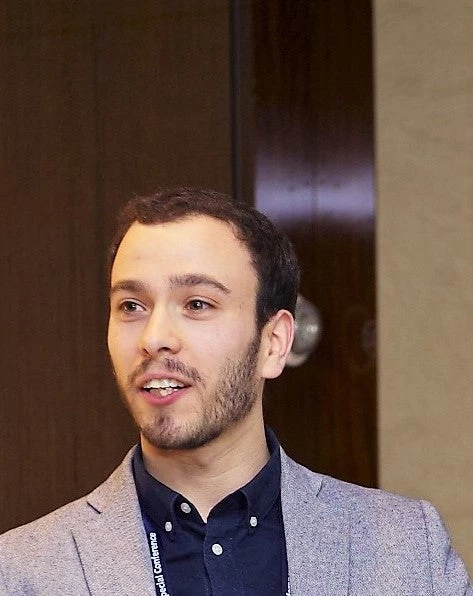SDG 10 promotes a more equitable world by calling for reducing inequality within and among countries.
One indicator of our progress toward this goal is income inequality, which can be measured by the so-called Gini index.
Gini indices measure inequality on a scale from zero, indicating perfect equality, to 100, indicating one person having all resources. Inequalities around the world vary greatly, with countries’ income Ginis typically lying within a range of 25 to 60. (The lowest Gini currently observed is 23 in Slovakia, while the highest is 63 in South Africa.)
As observed in the 2023 Atlas of Sustainable Development Goals, the global Gini has fallen since 1990, from about 70 in 1990 to 62 in 2019, which represents significant progress in reducing global inequality.
This global progress might be surprising because inequality has risen in many Western countries. In Sweden, for example, the Gini increased from 25 to 29 from 2003 to 2019.
At the same time, inequality has fallen in many other countries. In Paraguay, the Gini fell from 55 to 46 during the same time period. In addition, poorer countries have generally grown faster than richer countries, decreasing inequality between countries, which helps explain why the global Gini has declined.
Before the pandemic, World Bank projections suggested that the trend of declining inequality would continue. Unfortunately, because of the COVID-19 pandemic, in 2020 the world witnessed the largest increase in global inequality since 1990.
This becomes more evident if one looks at the annual changes in the global Gini. 2020 stands out as the year with the largest increase in the Gini since 1990. Compared to the projections conducted prior to the pandemic, the global Gini increased by 0.7 in 2020.
How should this increase be interpreted? Explore it further through the data stories and visualizations of the tenth chapter of the Atlas.
In the spirit of the World Development Report 2021: Data for Better Lives, we follow an open data and open code approach: all of the data, code, and visualizations of the Atlas are available for download and reuse.



Join the Conversation